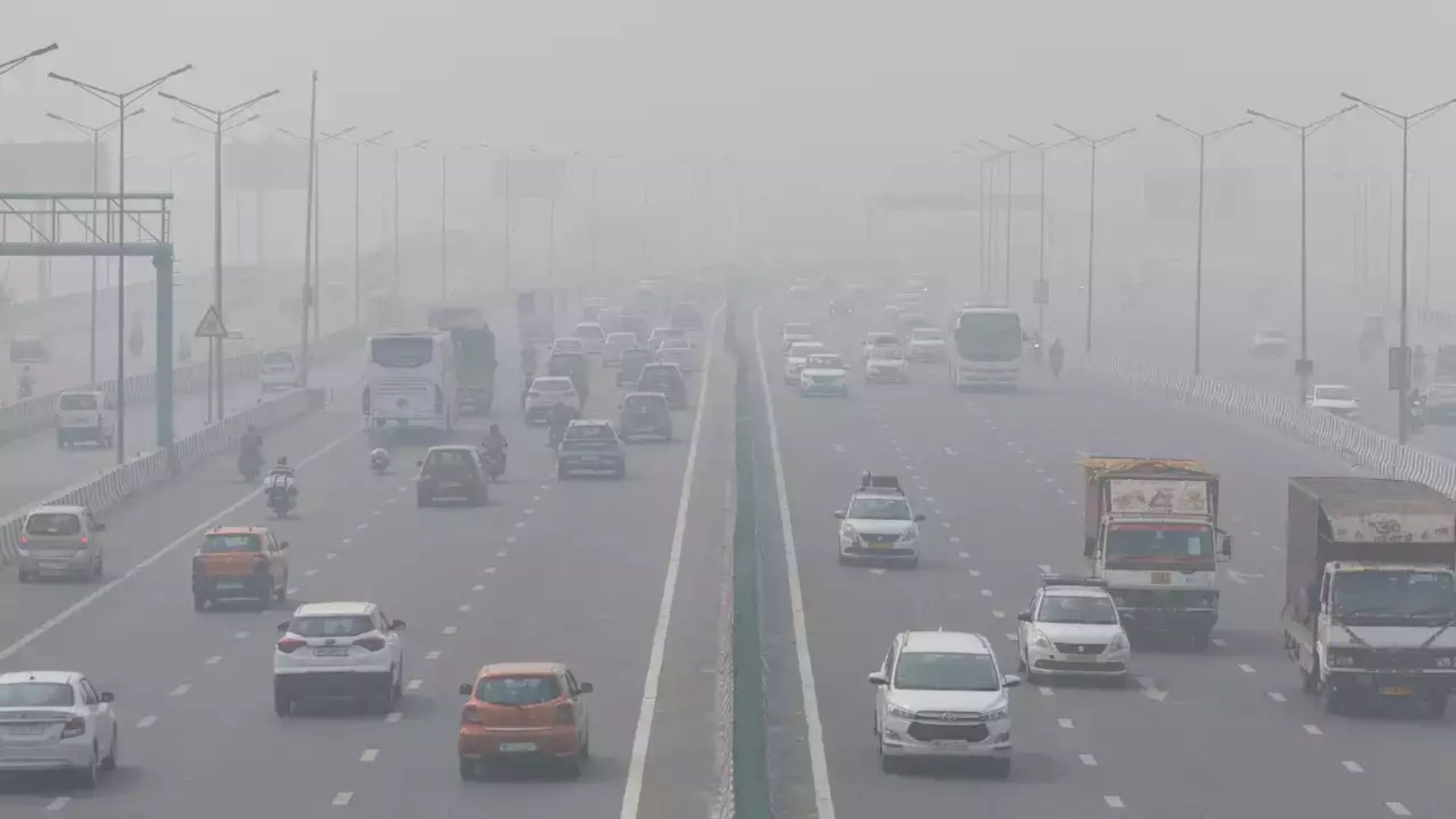Last month, Delhi was engulfed in a thick cloud of toxic air, prompting the government’s pollution control authority to declare a public health emergency. The city’s action plan was activated, but its impact has been limited. While the crisis has drawn significant international attention, few have fully captured the complex factors driving Delhi’s severe air pollution.
Delhi’s Deadly Smog: Industry, Transport, and Crop Burning
Delhi’s air pollution is driven by multiple factors, including emissions from its rapidly expanding industry and transport sectors, which contribute to pollution year-round. However, the crisis escalates during the crop-burning season, typically in October and November, when pollution levels spike due to stubble burning in nearby states. To address Delhi’s air quality woes, long-term solutions are required, but one immediate measure is reducing crop burning—through bans and, more importantly, providing farmers with viable alternatives.
Crop Burning: A Major Contributor to Delhi’s Air Quality Crisis
Punjab and Haryana, two northern Indian states, are key producers of wheat and rice. Traditionally, burning crop stubble after harvest has been a common practice to clear fields for the next season’s crops. However, this practice significantly worsens Delhi’s air quality, especially during the crop-burning season.
In 2009, Punjab’s state government implemented a law to conserve groundwater by delaying rice sowing until June, a two-month shift from the traditional April start. The change helped reduce groundwater depletion by utilizing monsoon rains for irrigation. Following Punjab’s success, Haryana adopted similar legislation. However, this policy shift led to unintended consequences: crop burning, previously occurring in September, now takes place in late October. By this time, wind patterns change, carrying dangerous levels of fine particulates (PM 2.5) and larger particles (PM 10) directly over Delhi.
The Air Pollution Crisis: Solutions Beyond Crop Burning
While crop burning remains a key contributor to Delhi’s poor air quality, the city’s pollution is not solely due to this practice. It is a multi-faceted issue that requires comprehensive solutions. Immediate relief during the worst months could come from reducing crop burning, but long-term solutions need to include cleaner industrial practices, improved transport infrastructure, and better waste management.
Moving Forward: A Comprehensive Approach to Air Quality
To make a real impact on Delhi’s air quality, solutions must go beyond addressing crop burning alone. Ensuring farmers have access to alternatives such as sustainable stubble management technologies, alongside stricter enforcement of anti-burning laws, can significantly reduce pollution levels. Additionally, long-term investments in green energy, electric vehicles, and enhanced urban planning will play a crucial role in improving air quality throughout the year.























